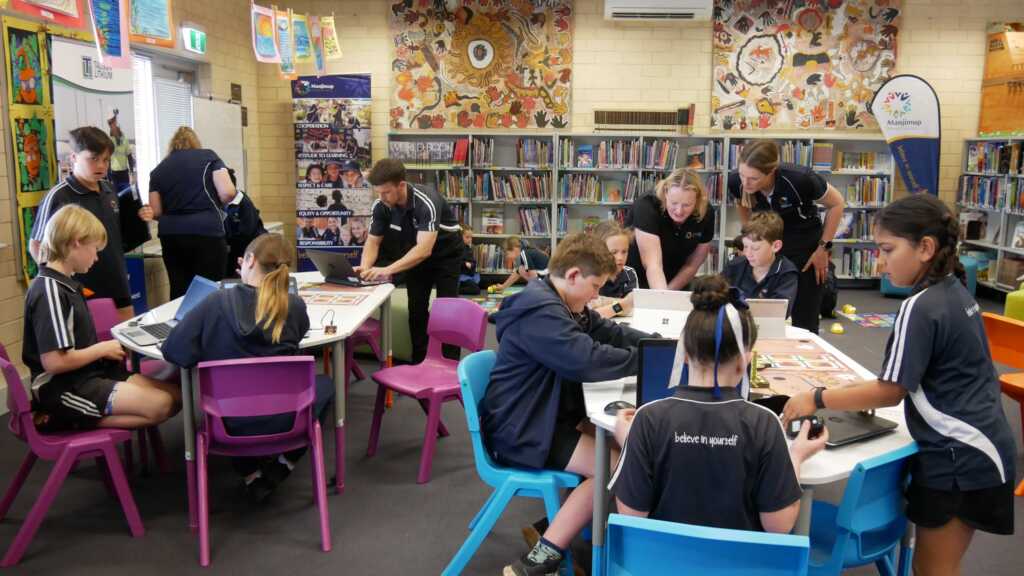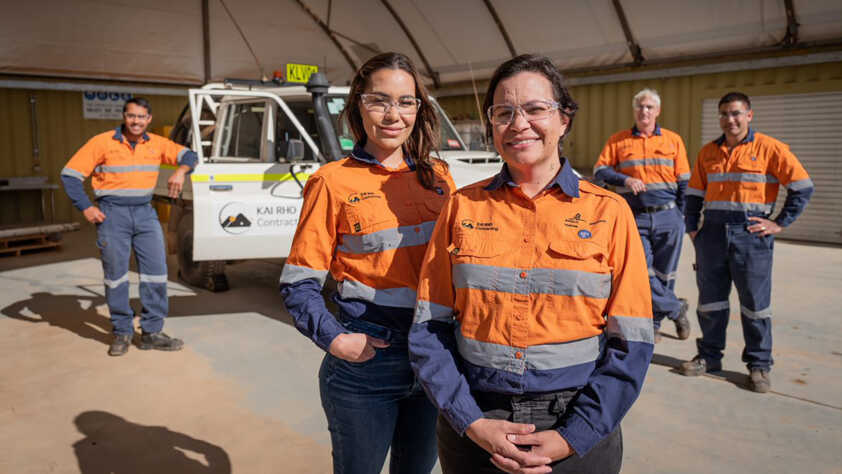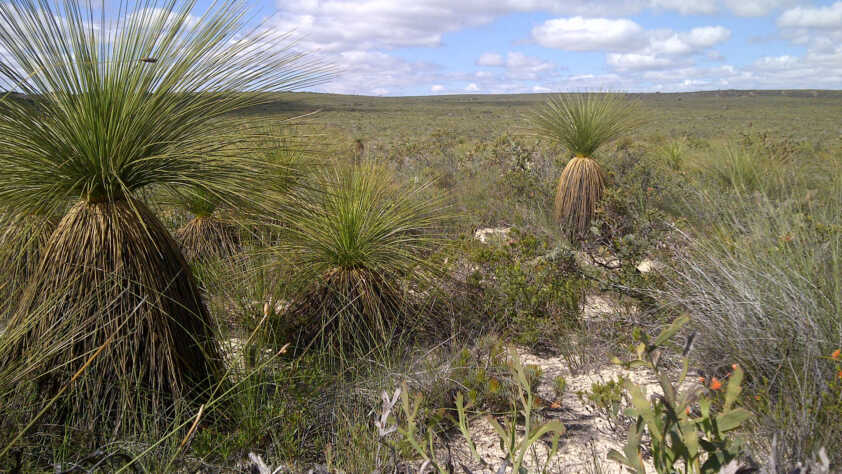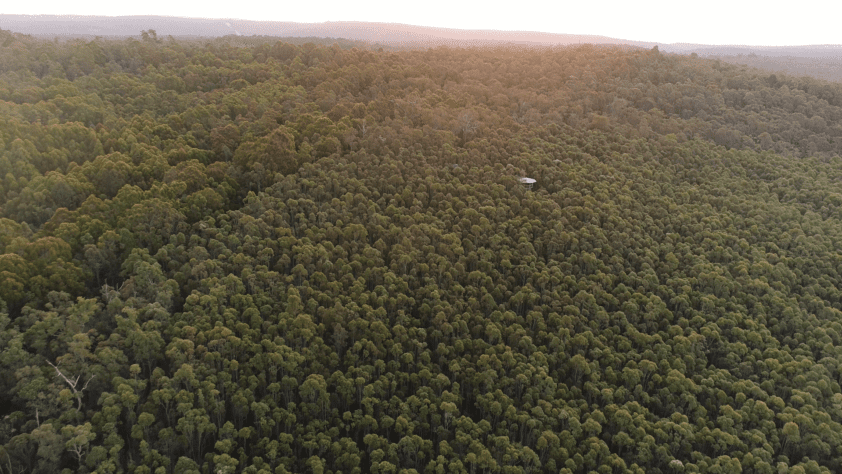Romy Gandy already has some grand plans for what she might do with her first robot.
“If you don’t want to clean your room, you can make your robot do it,” she said.
“You can make it have claws and then it can pick up all your dirty clothes with them. And then all you have to do is sit on your bed with the controller.”
Romy still has several years of primary school to complete but by the end of 2022 she’ll be better placed than most of us to start taking steps towards turning her robot vision into a reality.
That’s because her school – Manjimup Primary School – is the first of a number across the South West to include the Chamber of Minerals and Energy of WA’s Digital Technologies Program in its curriculum from the start of Term 4.
A partnership between CME and a range of its member companies, supported by the WA Government and with curriculum design by experts at Grok Academy, the Digital Technologies Program provides students with an early introduction to skills they will need for jobs of the future, in mining and resources and other industries.
The program has already been rolled out across 22 schools in the Pilbara since 2020, with more than 1500 students receiving a grounding in automation and data science, including the ability to code and navigate robots.
Now, it’s the South West’s turn, with the program – covering pre-primary to Year 10s – set to be introduced to 17 primary schools and seven high schools in the region.
Manjimup Primary School teacher Emma Davidson said the Digital Technologies Program would be a natural fit in terms of engaging students.
“Students tend to be really engaged within this learning area and anything you can bring back to it, students really love and enjoy,” Davidson said.
“Using digital technologies across curricula is a really important thing for the modern classroom because you have that student engagement straight away.
“It’s important to invest in teaching digital skills in young people because it sets them up really well for their future careers.
“And to be able to develop those skills across their year levels and make sure that you’re building on these skills as you go, is giving them the best opportunity to be able to get the jobs of the future.”
Principal Damian Lloyd said Manjimup Primary School always looked for opportunities to incorporate technology into the classroom, partly because of geography.
With a population of a little more than 4200 people, Manjimup is around 3.5 hours’ drive from Perth and more than 120km away from Bunbury.
“Increasingly the world is becoming a smaller place and it’s becoming a smaller place because of technology,” Lloyd said.
“Our students are isolated, they aren’t close to the metropolitan area, and digital technology makes the world more accessible to them.
“It provides our children with the opportunity for success as they grow. Being in a rural area or a regional area isn’t any barrier to students experiencing success and finding their way into some successful career pathways.”

Youngsters in Manjiump don’t have to look too far for examples of the types of career that could await them in a WA mining and resources sector that is increasingly reliant on automation, data analysis and the development and implementation of new technology.
Less than 55km up the road lies Greenbushes, home to a Talison Lithium mine that not only sits on the oldest continuously operating mineral fields in WA but which represents the world’s highest grade and largest hard rock deposit of spodumene (from which lithium, an important battery material, is extracted).
Talison is supporting 11 schools through the Digitial Technologies Program and its site has certainly captured the eye of Manjimup Primary School Year 6 Student Leo Nidd.
“When I grow up I want to work at Talison and code the big dump trucks…that would be pretty cool,” he said.
While the South West of WA is probably better known publicly for its tourism industry and wineries, it also has a thriving mining and resources sector which in 2020/21 made a total direct contribution to local economies of more than $1.36 billion.
Talison is part of a group CME member companies supporting the rollout in the South West of the Digital Technologies Program, alongside Albermarle, South32, Tronox and Mondadelphous.
Perhaps in the future one of them might offer an avenue for Romy to pursue her growing passion for geology.
“When I grow up I could study rocks and the stuff that comes from mines,” she said.
“I find it really interesting that there are so many different rocks. There will be more parts of mines discovered and I could find a new rock type.”






